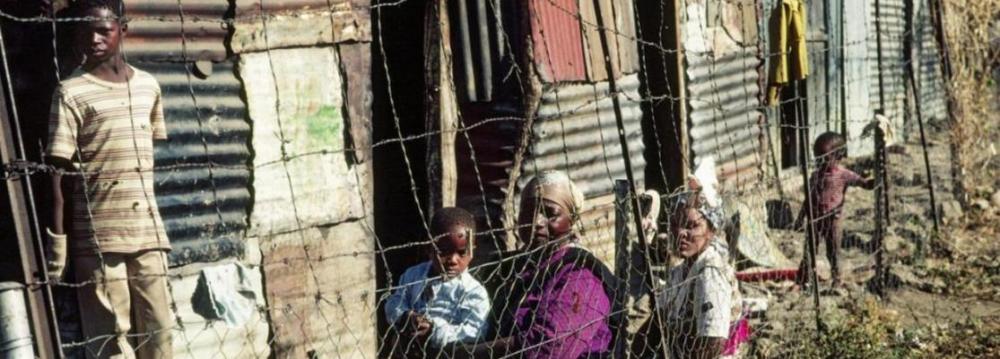Children are more than twice as likely as adults to live in extreme poverty, according to a new analysis from the World Bank Group and UNICEF. Ending Extreme Poverty: A Focus on Children finds that in 2013, 19.5% of children in developing countries were living in households that survived on an average of $1.90 a day or less per person, compared to just 9.2% of adults. Globally, almost 385 million children were living in extreme poverty.
Children are disproportionately affected, as they make up around a third of the population studied, but half of the extreme poor. The youngest children are the most at risk—with more than one-fifth of children under the age of five in the developing world living in extremely poor households, UNICEF reported.
“Children are not only more likely to be living in extreme poverty; the effects of poverty are most damaging to children. They are the worst off of the worst off—and the youngest children are the worst off of all, because the deprivations they suffer affect the development of their bodies and their minds,” said UNICEF Executive Director Anthony Lake.
“It is shocking that half of all children in sub-Saharan Africa and one in five children in developing countries are growing up in extreme poverty. This not only limits their futures, it drags down their societies.”
Taking on Inequality
The new analysis comes on the heels of the release of the World Bank Group’s new flagship study, Poverty and Shared Prosperity 2016: Taking on Inequality, which found that some 767 million people globally were living on less than $1.90 per day in 2013, half of them under the age of 18.
“The sheer number of children in extreme poverty points to a real need to invest specifically in the early years—in services such as pre-natal care for pregnant mothers, early childhood development programs, quality schooling, clean water, good sanitation, and universal health care,” said Ana Revenga, senior director, Poverty and Equity at the World Bank Group.
“Improving these services, and ensuring that today’s children can access quality job opportunities when the time comes, is the only way to break the cycle of intergenerational poverty that is so widespread today.”
The global estimate of extreme child poverty is based on data from 89 countries, representing 83% of the developing world’s population.
Sub-Saharan Africa has both the highest rates of children living in extreme poverty at just under 50%, and the largest share of the world’s extremely poor children, at just over 50%. South Asia has the second highest share at nearly 36%—with over 30% of extremely poor children living in India alone. More than four out of five children in extreme poverty live in rural areas.
In addition, the report reveals that even at higher thresholds, poverty also affects children disproportionately. About 45% of children are living in households subsisting on less than $3.10 a day per person, compared with nearly 27% of adults.
UNICEF and the World Bank Group are calling on governments to:
— Routinely measure child poverty at the national and sub-national level and focus on children in national poverty reduction plans as part of efforts to end extreme poverty by 2030.
— Strengthen child-sensitive social protection systems, including cash transfer programs that directly help poor families to pay for food, health care, education and other services that protect children from the impact of poverty and improve their chances of breaking the cycle in their own lives.
— Prioritize investments in education, health, clean water, sanitation and infrastructure that benefit the poorest children, as well as those that help prevent people from falling back into poverty after setbacks like droughts, disease or economic instability.
— Shape policy decisions so that economic growth benefits the poorest children.


